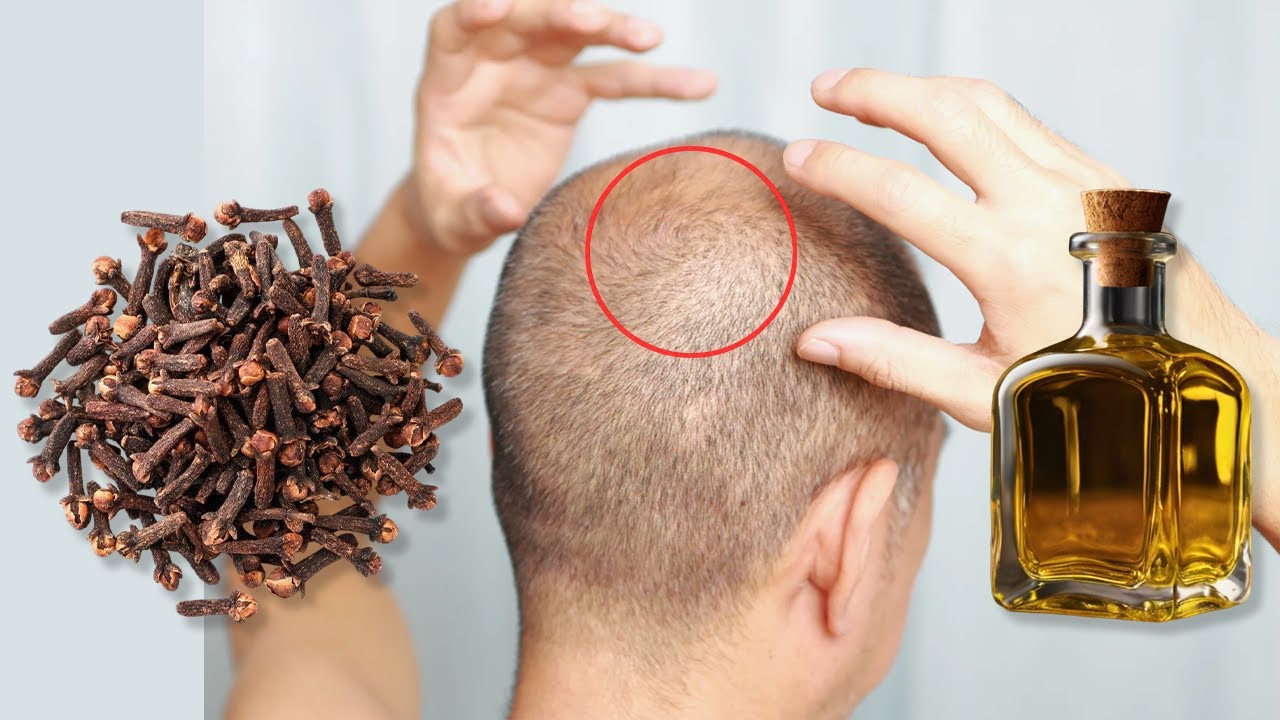
Welcome to the world of Marigold tea, a delightful beverage made from the vibrant petals of the marigold flower. Not only is it a treat for the taste buds, but it also offers a range of medicinal benefits, including anti-inflammatory and antioxidant effects. If you’re ready to embark on the journey of preparing your very own marigold tea, the first step is to properly dry the flowers. Let’s dive into the process:
The key to success lies in selecting the right type of marigold. For medicinal purposes, it’s best to go with Calendula officinalis (also known as calendula or pot marigold) and avoid Tagetes, which is mainly used for decorative purposes in gardens.
Now that you have the right marigolds, let’s move on to the drying process:
Harvesting:
- Head out to your garden during the late morning when the dew has evaporated but before the sun is at its strongest. This ensures that the flowers are dry yet full of natural oils, which are highly beneficial for your tea.
- Look for blooms that are fully open but not past their prime.
Preparation:
- Start by giving the flowers a gentle wash to remove any dirt or tiny insects.
- Carefully pluck the petals from the base of each flower. While the petals are commonly used for tea, you can also dry the entire flower head if you prefer.
Drying Methods:
Air Drying: This is the simplest and most effective method that will preserve the color and oils of the petals.
- Lay out the petals in a single layer on a clean paper towel or a mesh screen.
- Find a warm, dry, and well-ventilated spot away from direct sunlight to place your petals.
- Depending on the humidity levels, it could take around 1-2 weeks for the petals to dry fully. Be sure to flip them over every few days to ensure even drying.
Oven Drying: If you’re short on time, your oven can come to the rescue.
- Preheat the oven to its lowest setting, usually around 170°F or 75°C.
- Spread the petals in a single layer on a baking sheet lined with parchment paper.
- Leave the oven door slightly open to allow moisture to escape.
- Check every 15 minutes until the petals feel dry and crispy, which usually takes around 30-60 minutes.
Dehydrator: If you happen to have a dehydrator, this tool can provide the most consistent results.
- Spread the petals in a single layer on the dehydrator trays.
- Set the dehydrator according to the manufacturer’s instructions for herbs, typically around 95-115°F or 35-46°C.
- Let the petals dry for 4-8 hours, or until they become completely dry and brittle.
Storage:
- Once your petals are dried, store them in an airtight container, away from direct sunlight and moisture. This will help preserve their flavor and medicinal properties.
- Don’t forget to label the container with the date so that you know how fresh your tea materials are.
It’s time to savor the fruits of your labor! To make a comforting cup of marigold tea, simply steep 1-2 teaspoons of dried petals in hot water for around 5-10 minutes, depending on your taste preferences. If you’re feeling adventurous, you can also blend the marigold petals with other herbs like chamomile or mint to add an extra layer of flavor and benefits.
By drying your own marigolds, you not only create a fresh and potent herbal tea but also get to harness the natural medicinal qualities of this beautiful flower. So why wait? Start drying those marigolds and embark on a journey of wellness and delight!



